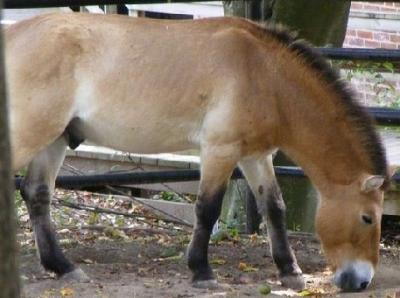Type the name of the breed you're looking for below
[wpdreams_ajaxsearchlite] Don't see the breed your're looking for? Click here and let us know!
Chinese Mongolian horse
| Country Of Origin | China |
| History and Background | Most often used for riding and farm work, the Chinese Mongolian horse breed is generally found in Northern China and Mongolia. This breed is also a great source of milk. The Chinese Mongolian horse is thought to have existed for over 5,000 years. Developing in the regions of Northen China and Mongolia, the breed was not domesticated until about 2,000 B.C. and were used by the Mongol Empire, especially in village raids. Thus the breed was distributed to different provinces all of over China. The Chinese Mongolian may not be the most expensive or elegant breed in the world, but it surely has made its mark on history, developing into a strong, determined horse. Today, the Chinese Mongolian comes in three main types: the Wuzhumuquin, the Baicha, and the Wushen. |
| Use Today | Agriculture work, Riding horse, Milk |
| Height | 12 to 14 hands high (48-56 inches, 122-142 centimeters) |
| Colour | Bay, Black, Grey |
| Characteristics | The small but stable Chinese Mongolian can be seen in a variety of colors, including bay, black, and gray. Its head and neck are straight and its eyes are expressive. Its chest, meanwhile, is profound and its shoulders sloped. The Chinese Mongolian also has well-rounded, sturdy legs. Generally, horseshoes are not needed for this breed, as its hooves are especially hard. |
| Personality and Temperament | Because of its Mongolian origin, these horses live with a wild reputation. However, they can easily be domesticated and trained to follow commands. Characterized by its valor, strength, and determination, Chinese Mongolian horses are excellent for long distance riding, carrying heavy loads and doing strenuous farm work. In fact, when these horses are harnessed or hitched together, they can pull up to 4,000 pounds a distance of 30 to 50 miles a day. Another attribute to this breed is its ability to survive in a hostile environments without requiring supplemental feeding. |



